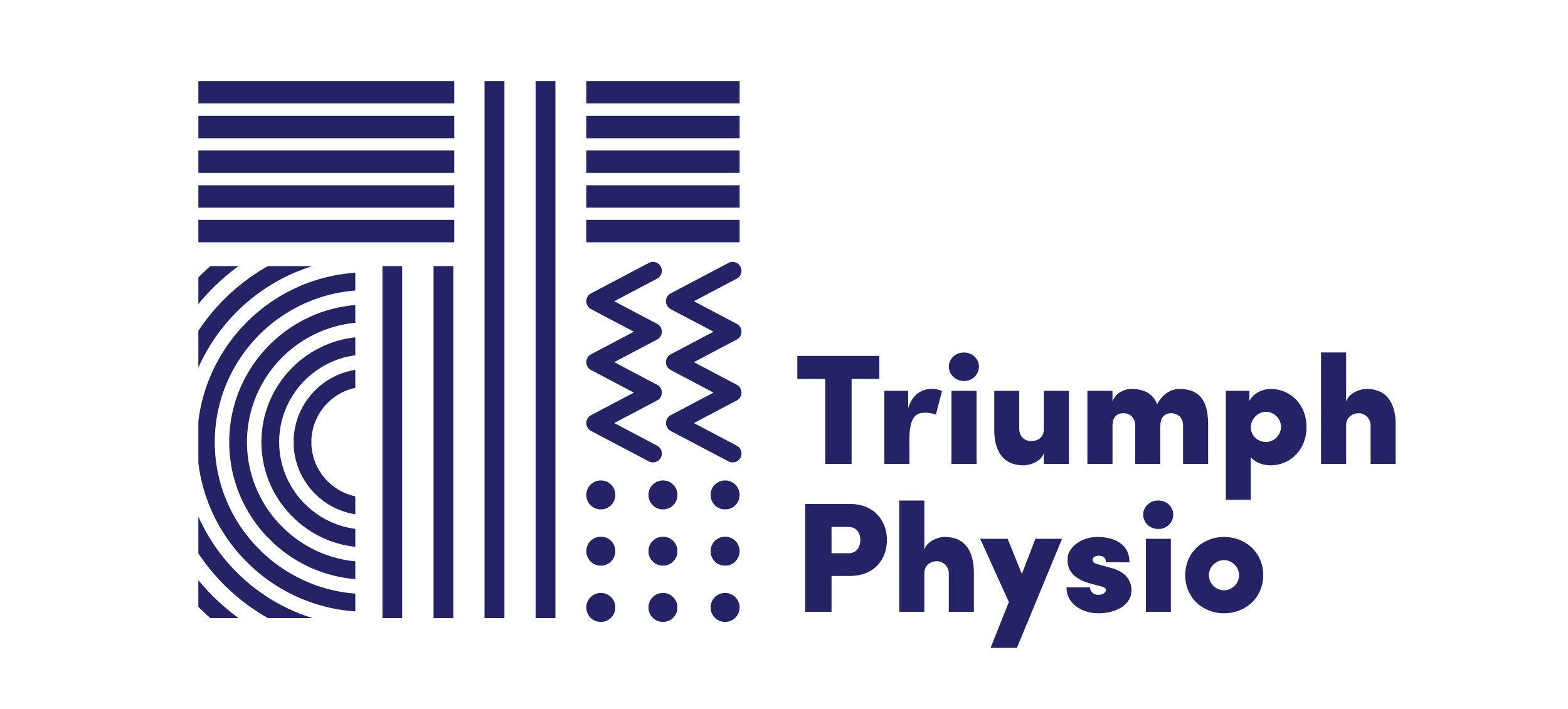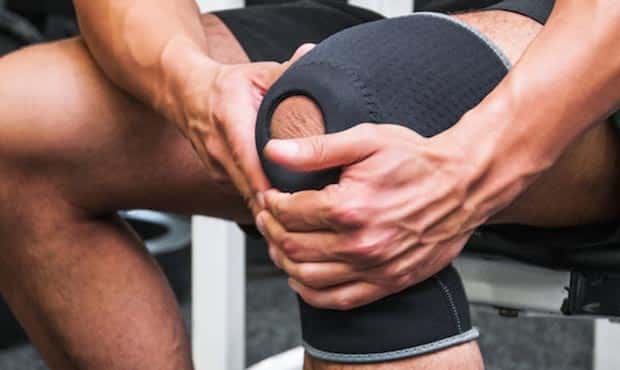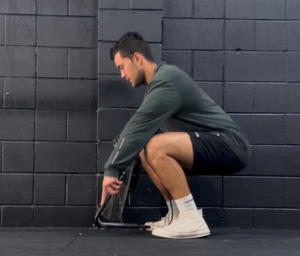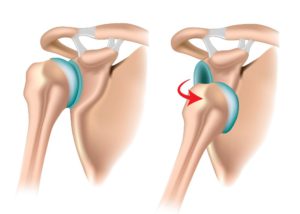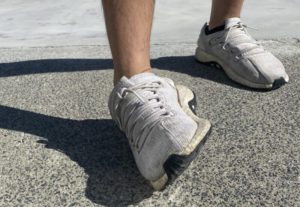Introduction
A meniscus injury is an damage to the tissue that is usually caused by rotational or impact movement. The meniscus is a shock-absorbing disc that sits inside our knee between the thigh bone and shone bone. There is the medial and lateral meniscus inside our knee.
Meniscus tears are common among athletes who participate in high-impact, multidirectional sports such as basketball, soccer, hockey and skiing. The risk of injury increase even more so if there is weakness in the core, quadriceps and/or gluteal. However, the injury is not specific to athletes, it can happen to anyone at any age given there is a sudden twist or impact. The injury can occur by falling off their bike while cycling down a hill or slipping during gardening work outside their home.

Meniscus Tear Symptoms
After an initial twisting or impact mechanism of injury, the following are symptoms of a meniscus injury that you may experience:
- Giving way or buckling of the knee when you’re walking or running
- Lock or catching sensation during movement
- Swelling
- Tenderness along the joint line
- Pain
It is important to note that a meniscus injury can occur in conjunction with other knee injuries such as ligament sprains and muscle tears
How to treat Meniscus Injury
Right after injury…
If you’ve just injured your knee, the first thing to do is rest and elevate it. Ice the area and use compression wraps or bandages to help with swelling. If you have anti-inflammatory medication, take it as directed by your doctor to reduce swelling and pain. Once you feel comfortable try to weight-bear if tolerated. Recent research shows “optimal loading” after injury leads to a better outcome. At this point it is best to book in see your physio or doctor to get a diagnosis, determine if other structures are involved and develop and rehabilitation plan. Acupuncture is another alternative treatment to help reduce pain and swelling of the knee.
Once the pain is controlled…start moving it
It is ideal to start range-of-motion exercises such as heel slides. This is when you are in sitting position and slide the heel towards your bottom then sliding it out to straighten the knee. the other exercise will be using the exercycle while keeping the seat at comfortable height, keep it a low resistance, the key is to get the knee moving first.
Proprioception and strengthening training comes next
Proprioception (is the awareness of our body and movement in space) can be trained through balance exercises.
balance exercises progression you can do at home
- single leg balance (SLB)
- SLB with eyes closed
- SLB with eyes closed and standing on a rolled up towel
- dynamic single leg balance such as Arabesque
Strengthening exercises:
- Body weight squats
- Muncies
- Single leg small knee bend
- knee extension
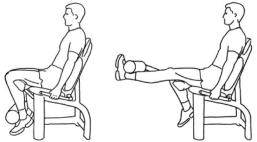
Increase in loading and impact over time: Consult with your health professional first before starting.
- Step ups
- Landing drills
- Jumping and hopping
When conservative treatment doesn’t fix it. Surgery may be required
Surgery for a meniscus injury can involve a repair (where the surgeon sews it back together or meniscectomy (removal of the meniscus or part of the meniscus). This is usually a keyhole surgery where the surgeon makes minimal incisions. Referrals to a surgeon is required when symptoms mentioned above persist. Recovery post surgery and return to sports is usually 3-6 months.
For Appointments
Triumph Physio operates in Mount Wellington and Newmarket, Auckland. We have qualified Physiotherapist registered under ACC that can help with your knee rehabilitation. For more info call us on 09 526 1448 or book online by clicking on the button below
References
Snoeker et al. (2013). Risk Factors for Meniscal Tears: A Systematic Review Including Meta-analysis
Swart et al. (2016). Effectiveness of exercise therapy for meniscal lesions in adults: A systematic review and meta-analysis
